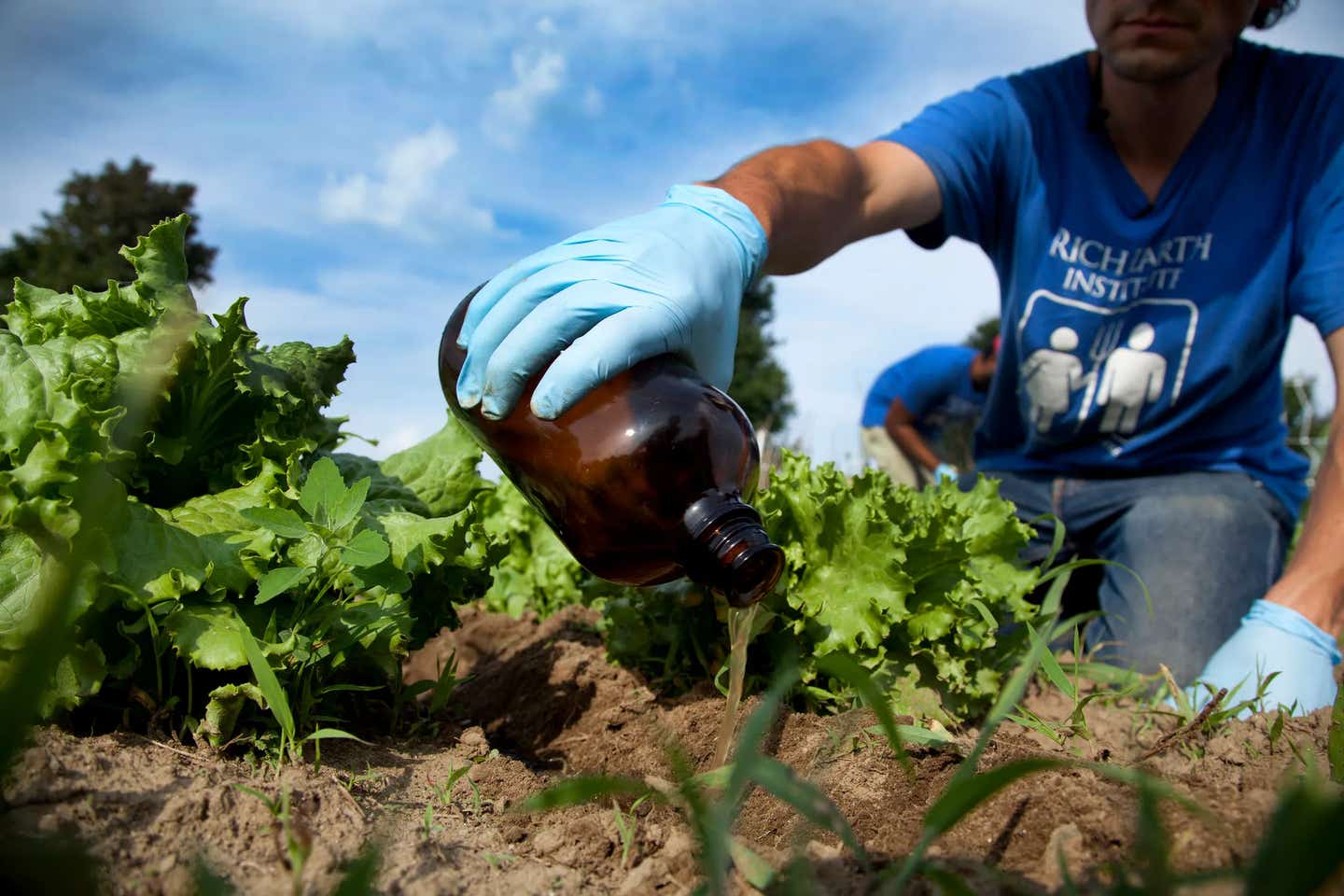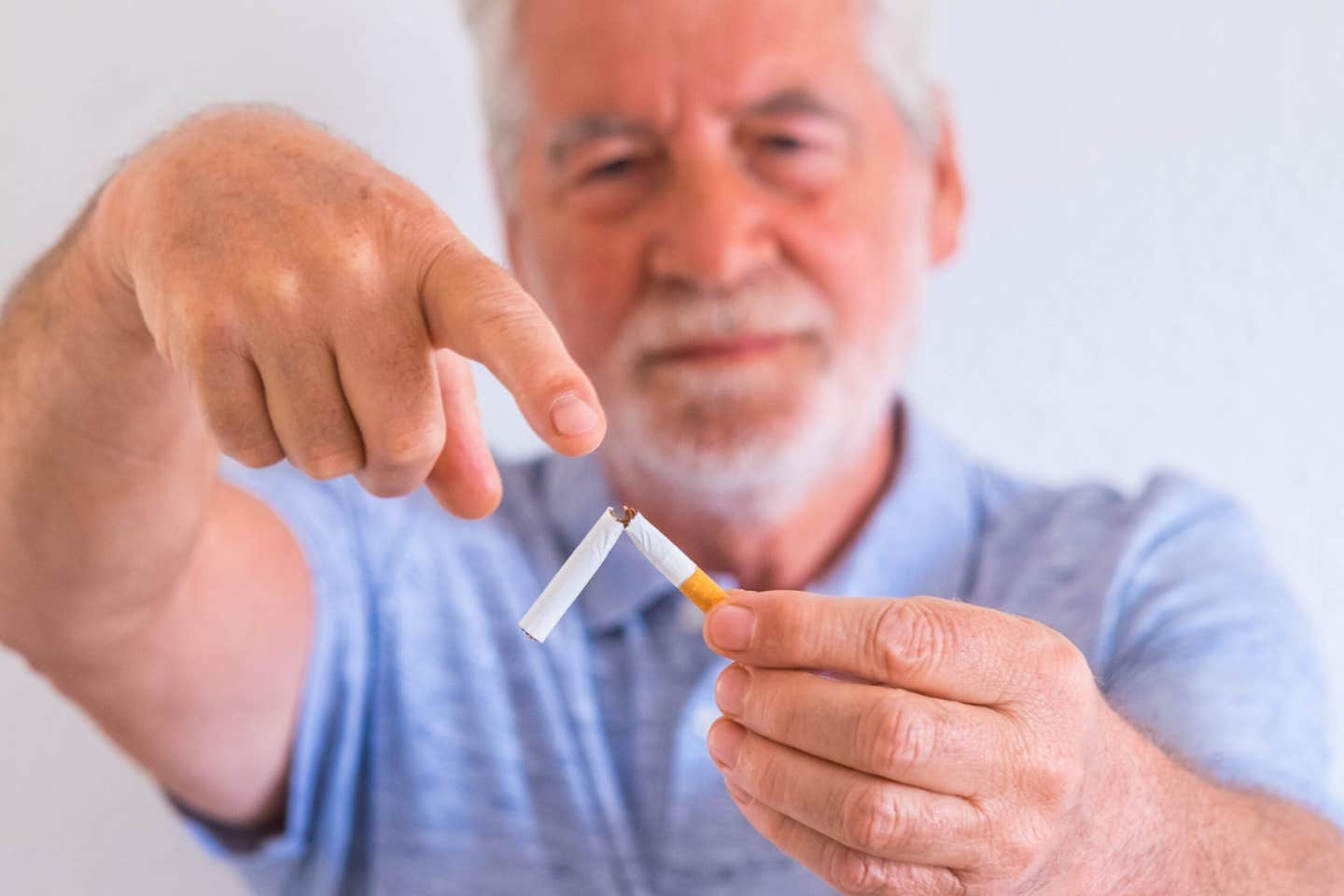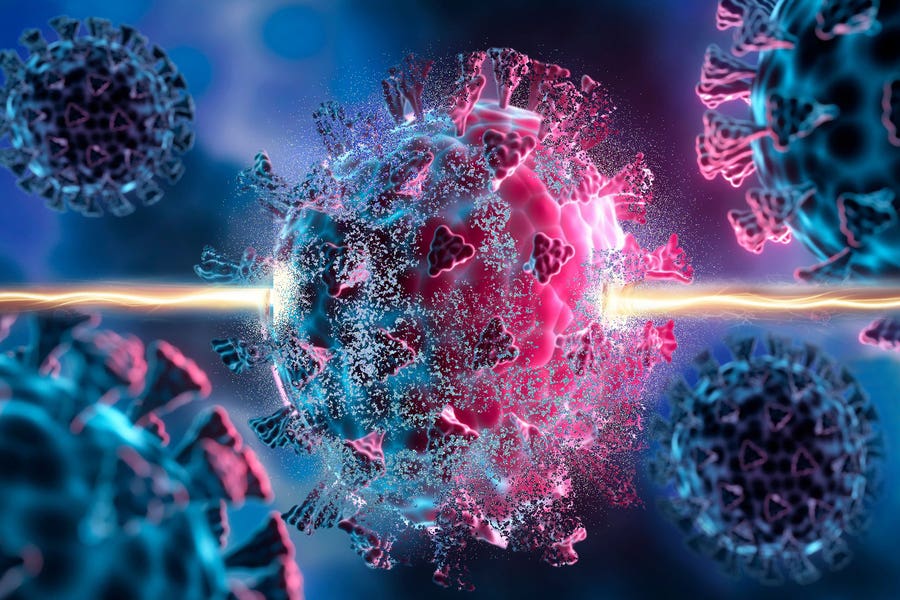Farming gets a boost from an unlikely source: Human urine
A new study shows how human urine could be used as fertilizer to help cities grow food while reducing pollution and saving energy.

Using human urine as fertilizer could support urban farming and reduce emissions and water use. (CREDIT: Marcin Szczepanski / Senior Multimedia Producer, University of Michigan, College of Engineering)
The growing need for food has led to a rising demand for fertilizers—especially nitrogen. But making nitrogen fertilizers uses large amounts of fossil fuels, including natural gas, coal, and oil. These non-renewable sources release high levels of carbon dioxide and drive up global warming. That’s why scientists are now exploring new ways to meet this demand without causing more harm to the environment. One unusual but promising solution is already inside every person—human urine.
Turning Waste into Worth
A study from a team of environmental scientists from the Autonomous University of Barcelona shows that urine could play a key role in growing food more sustainably. Urine contains nitrogen, which plants need to grow. Recovering this nitrogen and turning it into fertilizer could help support urban agriculture, reduce CO₂ emissions, and ease pressure on water sources like rivers and underground aquifers.
The research was carried out at a climate-friendly building that includes a rooftop greenhouse. Here, urine from waterless urinals is collected and sent to a lab. In this lab, a reactor mixes the urine with a chemical base to control its acidity. Microorganisms then turn the urea in urine into nitrate—a form of nitrogen plants easily absorb.
After the transformation, the liquid is used to water tomato plants growing without soil. Tests show that one cubic meter of this treated urine can produce 7.5 kilograms of nitrogen. That’s enough to grow about 2.4 tons of outdoor tomatoes.
Exploring the Environmental Benefits
This method could drastically reduce the need for traditional nitrogen fertilizers, which rely on fossil fuels. According to the Food and Agriculture Organization (FAO), the global need for nitrogen fertilizer grows by about 1% every year. That adds up to over one million extra tons needed annually. Meeting that demand with fossil fuels will only increase greenhouse gas emissions and water use.
The study used a life cycle assessment to compare three different ways of handling urine. The first option (S1) used an artificial wetland. The second (S2) relied on an on-site reactor like the one used in the experiment. The third (S3) sent the waste to a central treatment plant.
Related Stories
Among these, S2 had the highest impact in six out of eight environmental categories, mostly due to its high energy use. For example, the energy demand was 750 megajoules per kilogram, and the ecotoxicity reached 602 kilograms in 1.4-DCB-equivalent units. However, S2 stood out in one important area—marine eutrophication, which is a major cause of dead zones in oceans. By preventing nitrogen from entering water systems, S2 reduced the risk of this kind of damage.
While S2 is energy-intensive at a small scale, scaling it up could cut its environmental impact by up to half. That also shortens the time needed to recover the system’s costs—from 29 years to just 13. So, if cities adopt large-scale nitrogen recovery, the benefits could quickly outweigh the costs.
Feeding Cities Sustainably
This research is part of a broader movement to turn cities into food producers. Urban farming is growing in popularity, but it needs a reliable source of nutrients. Urine-based fertilizers could fill that gap. Because the nutrients are collected and reused locally, this method reduces the need for transporting industrial fertilizers over long distances.
According to the scientists, the nitrogen recovered from urine in one building could supply over twice the amount needed for the tomatoes grown on its roof. That shows how local recycling of nutrients could support city farming.
“Using human urine to produce fertilizer not only promotes sustainable agriculture, but also lowers water use and carbon emissions,” say the researchers. Their work appeared in the journal Resources, Conservation and Recycling and was led by experts in environmental science and engineering.
The team worked closely with engineers to design and operate the reactor. They also continue to test the effects of urine-based fertilizer, including any trace amounts of medicine from people’s bodies that might end up in the plants. Early results suggest it’s safe, but further study is needed.
A New Way to Grow
This research points toward a more circular system for food and waste. Rather than flushing nutrients away, people could help grow their own food—just by going to the bathroom. While this may sound strange, the idea is gaining ground as cities look for ways to cut pollution and grow more food locally.
Reusing urine for fertilizer isn’t new. Some traditional farming methods used human and animal waste to enrich the soil. But with modern technology, the process can be made cleaner and safer. Plus, it offers a way to cut back on the fossil fuels used in traditional fertilizer production.
The team behind this study hopes their findings will inspire city planners and policymakers to take action. If more buildings installed systems to collect and treat urine, the savings in energy and emissions could be significant.
Toward a Greener Future
Every year, the global population grows—and so does the demand for food. At the same time, the world must cut its carbon emissions and protect clean water. The solution may lie in looking at waste not as garbage, but as a valuable resource.
With the right technology and planning, something as simple as urine could help cities grow more food while using less energy and water. That’s a win for people, the planet, and future generations.
Note: The article above provided above by The Brighter Side of News.
Like these kind of feel good stories? Get The Brighter Side of News' newsletter.



